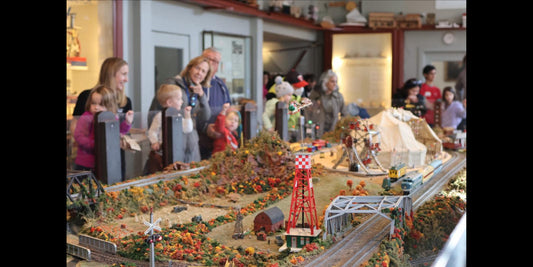It turned an empty concrete bunker into a glittering tapas bar. It took an old fire station and made a dynamic watering hole. It transformed a derelict warehouse into a sleek workspace.
Gray Organschi Architecture certainly deserves some of the credit for making downtown pretty again. When principals Lisa Gray and Alan Organschi first moved into that derelict warehouse, located at 35 Crown Street, they stripped away decades of plaster and paneling to reveal original brick. They punched a hole through the third floor, filling it with sunlight streamed in through windows and reflected around by a hyperbolic paraboloid roof. (The system works so well that, during my noontime visit, there was barely a need for electrical lighting.) The front door, an oversized slab of thick, gold, grained timber strips floating in a glass wall, is a good expression of things Gray Organschi likes: natural light, naturalistic materials and big visual impact.
sponsored by
Binding high-concept aesthetics with low-impact construction methods and materials, GOA’s projects evoke weightiness and lightness, all at once. To do it the firm employs a mix of old and new tactics—optimizing daylight and cross-ventilation; using geothermal heating and cooling; deploying photovoltaic arrays; and installing systems that make good use of rainwater.
These aren’t tricks they picked up at school. Both Gray and Organschi graduated from the Yale School of Architecture in the 1980s, when environmental efficiency wasn’t a major concern, Gray says. In the ’90s, they both began studying these issues and incorporating low-impact design principles into their work. Eventually, finding their architectural visions aligned, they decided to join forces and start their own firm. They searched for an artsy, affordable, educated small city in which to establish themselves. “Should it be Austin? Should it be Philly?” Gray remembers thinking. “Then it dawned on us: New Haven.”
sponsored by
There was a stigma among Yalies about staying in the Elm City after graduation, Gray says, which might be why New Haven didn’t come to mind at first. But she and Organschi aren’t ones to let the status quo get in the way of a good idea. “New Haven turned out to be a very rich place for us,” Gray says. Projects poured in. The pair rented space at the Smoothie building at first, then moved to their current location at 35 Crown Street in 2000.
They enjoyed another benefit of moving back: proximity to their alma mater. Students at the Yale School of Architecture often work there during the summer, some of whom return for longer-term employment. Both Gray and Organschi have taught classes there.
For his part, Organschi is an expert on the use of emerging wood technologies for low-impact design and, as the firm’s website puts it, “in the prototyping, fabrication, and installation of specialized furniture and building components and systems.”
“There are all kinds of reasons why wood needs to be the 21st-century building material to replace steel and concrete,” says Gray, noting for instance that wood is a carbon sink. “Mass timber,” a family of composite woods engineered for a variety of purposes, can be much stronger than conventional timber and simpler to build with. Imagine skyscrapers made from wood instead of steel.
One of Gray Organschi’s newest and edgiest projects is a 15,000-square-foot mass timber addition to Common Ground High School. It’ll be one of the first buildings in the United States to use cross-laminated timber as its primary structural material.
“I feel like we’re at the beginning of a new and very important chapter—it sounds lofty but it’s true,” Gray says. She sees architecture as a reflection of the broader state of human affairs, and if that’s true, an era of sustainable high-design architecture can’t arrive soon enough.
Gray Organschi
35 Crown St, New Haven (map)
(203) 777-7794 | info@grayorganschi.com
www.grayorganschi.com
Written and photographed by Daniel Shkolnik.









